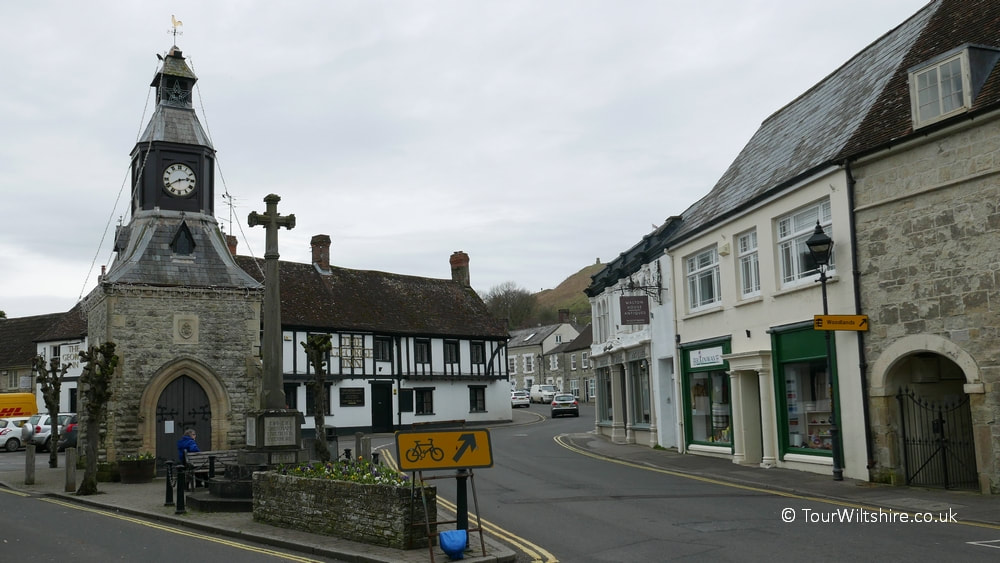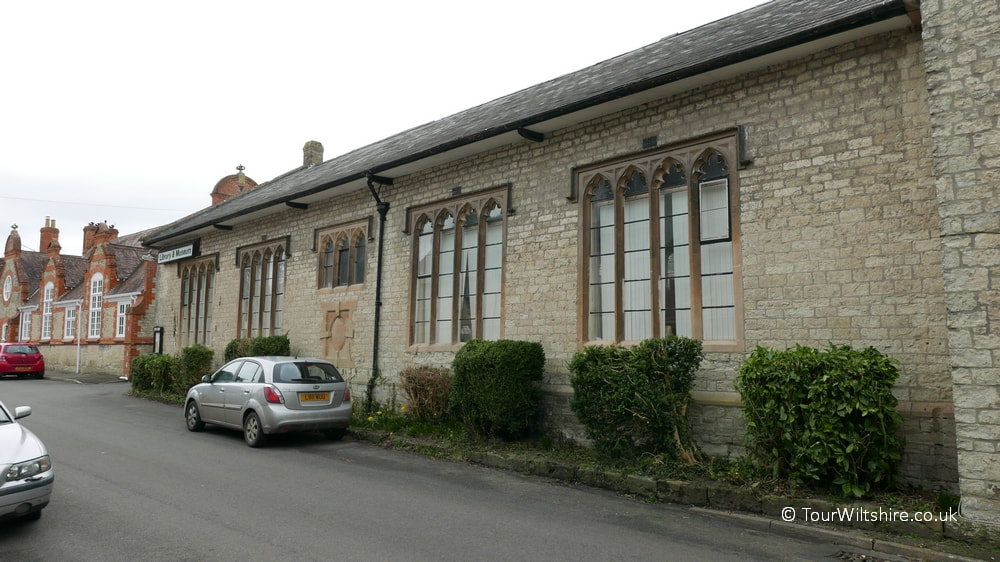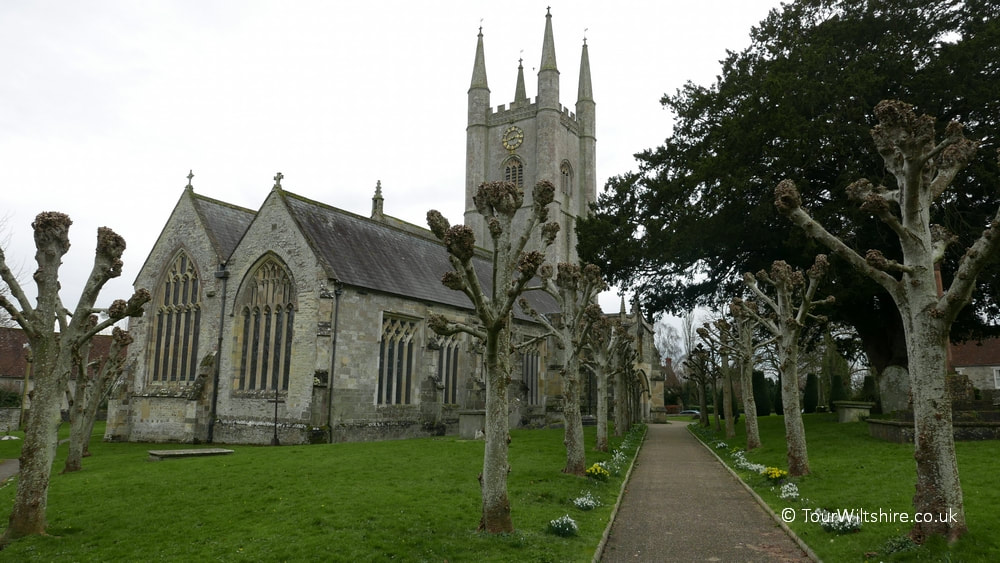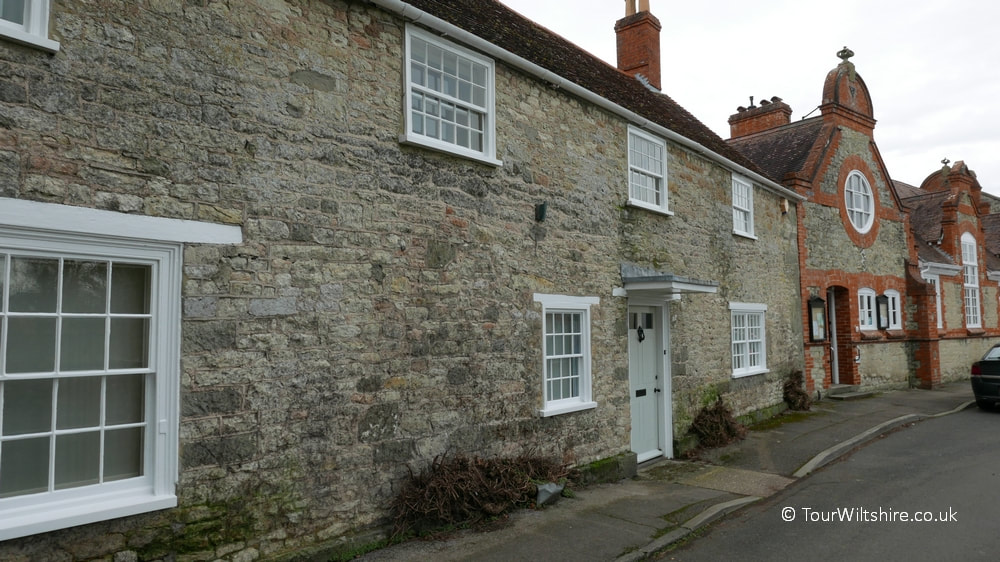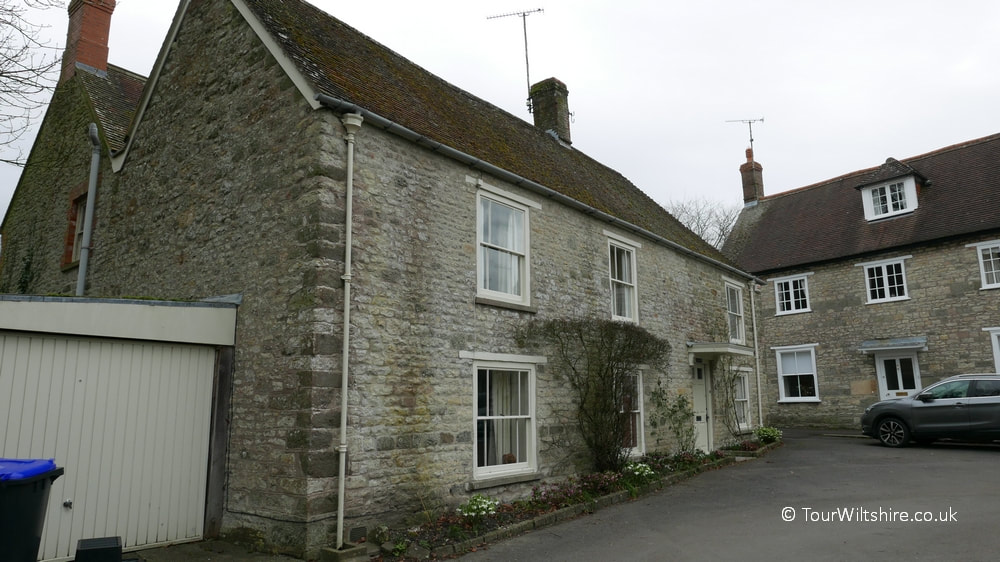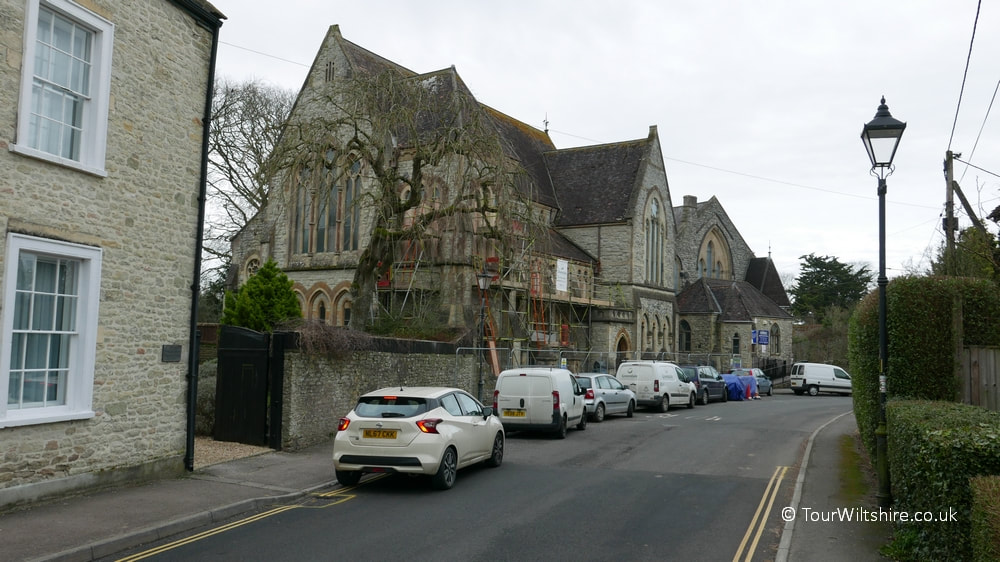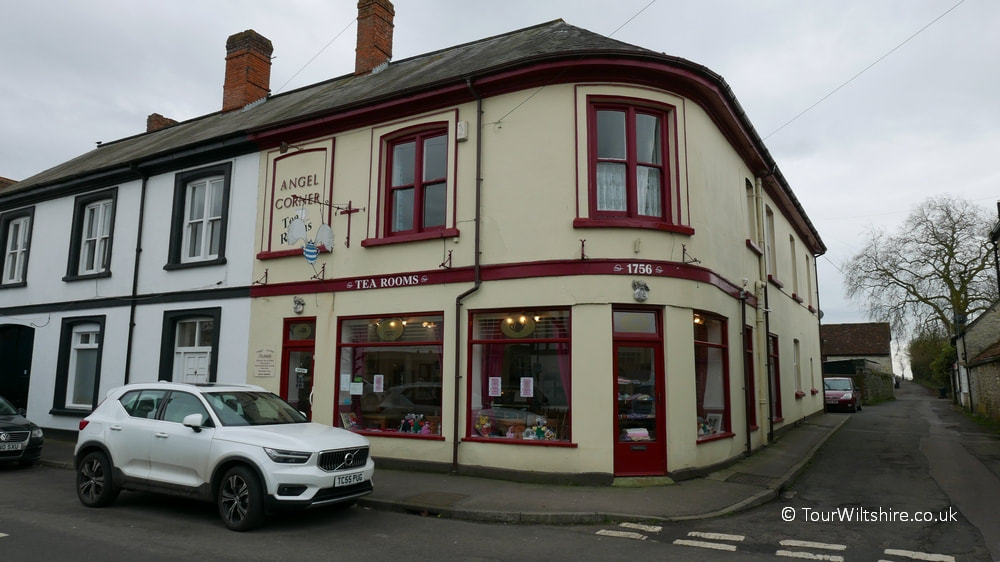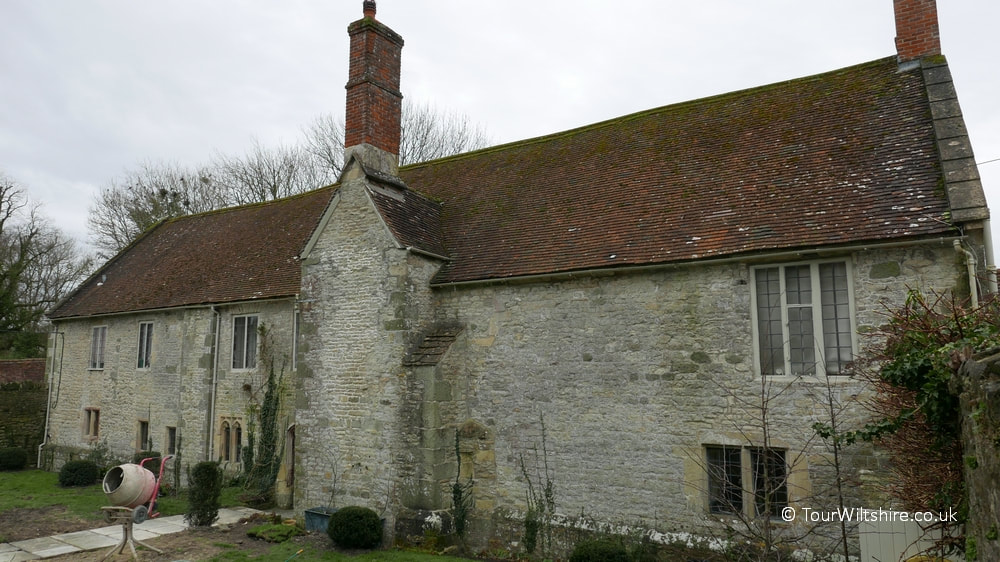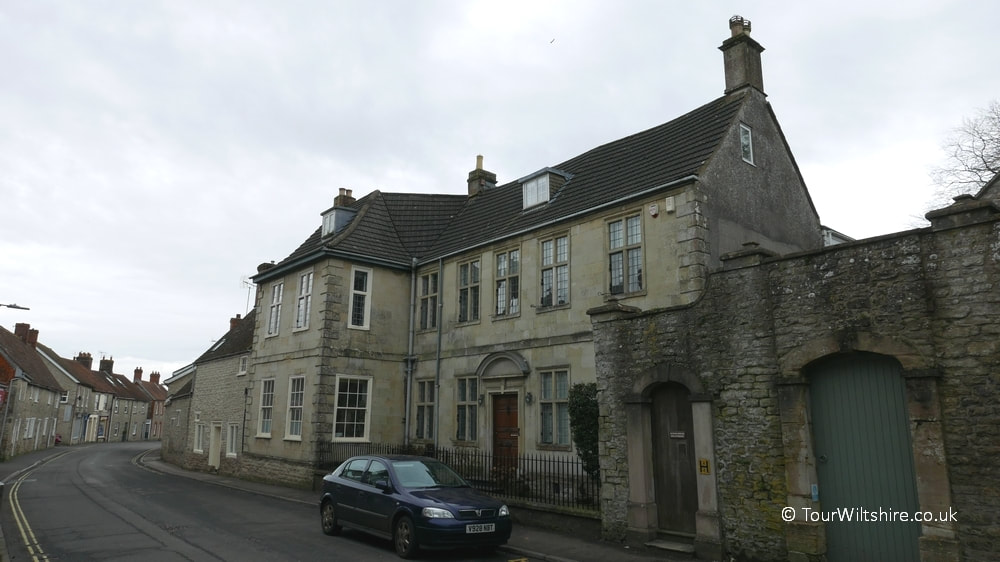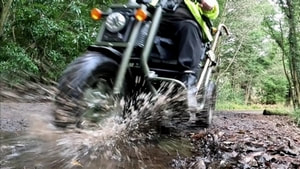⭐⭐⭐⭐
Mere, Wiltshire
Mere is an attractive small town in SW Wiltshire, close to the borders with Somerset and Dorset, and just 3 miles from glorious Stourhead. The town is still undergoing something of a transformation partly as a result of the large Grade II* Ship Inn, now called Heritage Mews, having recently been smartly turned back to its 1711 residential use, after several years of standing empty and disheveled, and The Butt of Sherry closing and its future uncertain. However The George Inn in Mere stands strong in the centre and dates back to 1580, it enjoys noble history as after his defeat at Worcester, the final battle of the English Civil War, King Charles II dined there on 06 October 1651 as he fled the Roundheads to Heale House, and then on to France. So at the time of writing (February 2021) there is just one other pub trading, that being The Walnut Tree, however there is also a tea rooms, Angel Corner and a Co-op. Another good place to eat is at the excellent, but pricey, Hillbrush brush factory (sounds odd I know) on the road out towards Stourhead.
Also of particular historical architectural interest are the Church of St Michael the Archangel, in Church Street, which is Grade I Listed, with remnants dating back to circa 1190, and directly behind it The Chantry, the former home for priests, which is Grade II* Listed and dates back to the 15th century, this is best seen from the graveyard, though the stables can be seen from the road. After the Dissolution of the Monasteries The Chantry was another property acquired by Sir John Thynne of Longleat. It's also worth going down narrow Salisbury Street to admire Dewes House, mid 17th century, Grade II*, it's the slightly 'L' shaped one nearly opposite the Kia garage.
Also of particular historical architectural interest are the Church of St Michael the Archangel, in Church Street, which is Grade I Listed, with remnants dating back to circa 1190, and directly behind it The Chantry, the former home for priests, which is Grade II* Listed and dates back to the 15th century, this is best seen from the graveyard, though the stables can be seen from the road. After the Dissolution of the Monasteries The Chantry was another property acquired by Sir John Thynne of Longleat. It's also worth going down narrow Salisbury Street to admire Dewes House, mid 17th century, Grade II*, it's the slightly 'L' shaped one nearly opposite the Kia garage.
|
|
|


